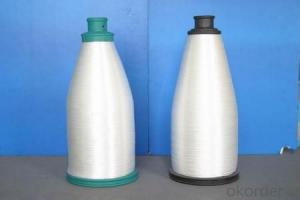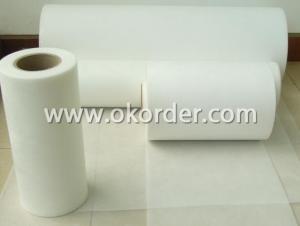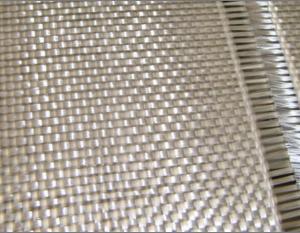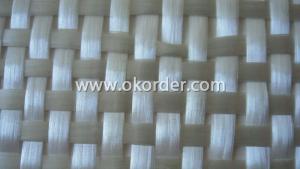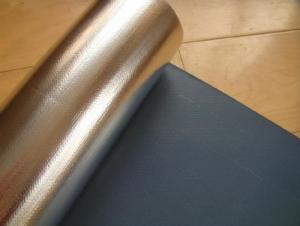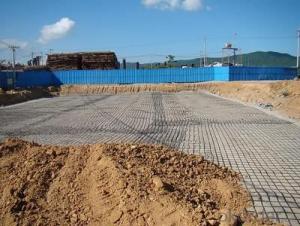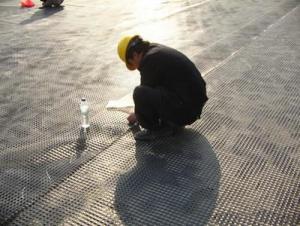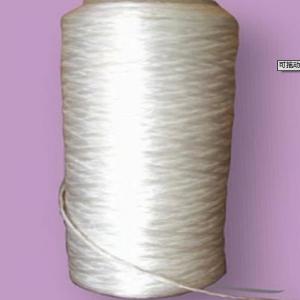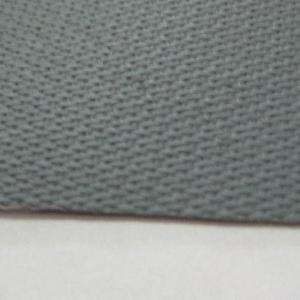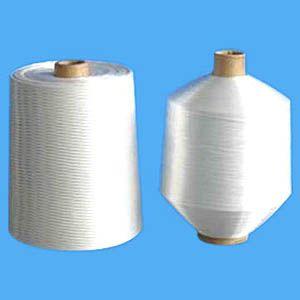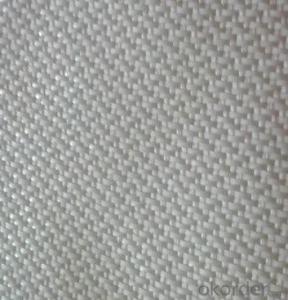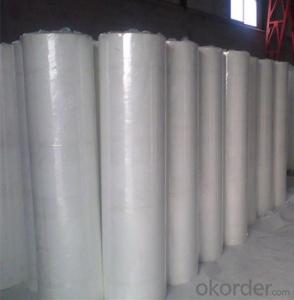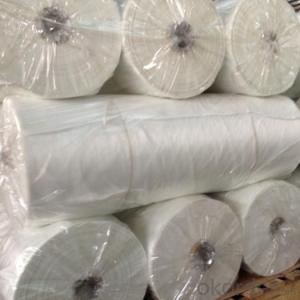Fiberglass Sunscreen Fabric Textile Yarns
- Loading Port:
- China Main Port
- Payment Terms:
- TT or LC
- Min Order Qty:
- 20000 kg
- Supply Capability:
- 200000Kg Per Month kg/month
OKorder Service Pledge
OKorder Financial Service
You Might Also Like
1.Brief Introduction
C or E textile glass a kind of additional twisting and plying yam. With the characteristics of high strength, corrosion resistance, heat resistance and high moisture absorption, no-alkali yam has high electric insulation, so it used to produce weaved wires and cables’ wrap cladding, protection sleeve, train of mine, insulation materials of electric machinery, every yam of woven cloth and other industrial yam. It can also supply big and little paper cube and other cube yams with different shapes and different roll weight.
2.Product Features
Good Dispersibility.
Less fuzzy.
Density Even.
3.Product Specifications
Product Code | Tex | diameter (um) | Sizing. | breaking strength | Twist |
CC7.5-22-1/2 110S | 44 | 7.5 | paraffin | ≥15.5 | 110±10 |
EC9-33-1/2 65S | 66 | 9 | ≥24.1 | 65±5 | |
EC8-25-1/2 65S | 50 | 8 | ≥19.2 | 65±5 | |
CC9-33-1/2 65S | 33 | 9 | ≥20.6 | 65±5 | |
CC11-44-6/0 | 264 | 11 | ≥81.6 | ||
CC11-44-1/3 110S | 132 | 11 | silane | ≥40.8 | 28±3 |
EC9-68-1/0 28Z | 68 | 9 | ≥18.0 | 28±3 |
Special specification can be produce according to customer requirements.
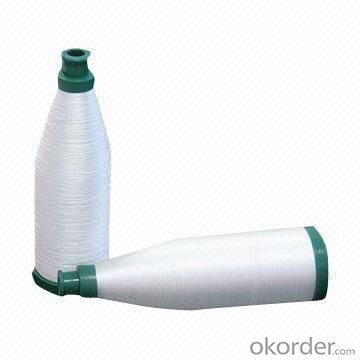
4.FAQ
Storage:
Unless otherwise specified,It should be stored in a dry, cool and rain-proof area. It is recommended that the room temperature and humidity should be always maintained at 15℃~35℃ and 35%~65% respectively.
- Q: Are fiberglass fabrics resistant to oil or grease?
- Fiberglass fabrics, in general, possess resistance to oil and grease due to their non-absorbent nature and lack of reaction with these substances. Moreover, they frequently undergo treatment with a chemical finish or coating to further enhance their resistance against a range of substances, including oil and grease. Nevertheless, it is crucial to acknowledge that the degree of resistance can differ depending on the precise type and quality of the fiberglass fabric. Thus, it is advisable to review the manufacturer's specifications or seek guidance from a professional to ensure the fabric's compatibility with oil or grease in particular applications.
- Q: Can fiberglass fabric be used for reinforcement in plastic parts?
- Yes, fiberglass fabric can be used for reinforcement in plastic parts. It provides strength, durability, and increased stiffness to the plastic material, making it suitable for a wide range of applications requiring added structural support. The fiberglass fabric is typically impregnated with resin and then molded or laminated with the plastic to create a reinforced composite material.
- Q: How to use silica gel cloth and glue?
- The former is nylon, glass fiber and other materials on the coating of liquid silicone rubber, and its bonding can be used at room temperature, slow dry glue
- Q: Are fiberglass fabrics resistant to UV degradation?
- Yes, fiberglass fabrics are generally resistant to UV degradation. Fiberglass is made from fine strands of glass woven together to create a strong and durable fabric. These glass fibers have inherent resistance to the harmful effects of UV radiation. This means that fiberglass fabrics can withstand prolonged exposure to sunlight without significant degradation. However, it is important to note that while fiberglass itself may be UV resistant, the coatings or finishes applied to the fabric may not be. Therefore, it is advisable to check the specific product specifications or consult with the manufacturer to ensure the level of UV resistance of a particular fiberglass fabric.
- Q: Can fiberglass fabric be easily cut and sewn?
- Yes, fiberglass fabric can be easily cut and sewn. Due to its relatively lightweight and flexible nature, fiberglass fabric can be cut using regular scissors or a utility knife. However, it is important to wear protective gloves and a mask while cutting fiberglass fabric to avoid any irritation or inhalation of particles. When it comes to sewing, fiberglass fabric can be sewn using a regular sewing machine or by hand with a heavy-duty needle and strong thread. It is advisable to use a longer stitch length and to go slowly while sewing fiberglass fabric to prevent any damage to the fabric or the sewing machine. Overall, with the right precautions and tools, cutting and sewing fiberglass fabric can be done easily.
- Q: Can fiberglass fabrics be used for protection against electromagnetic interference?
- Yes, fiberglass fabrics can be used for protection against electromagnetic interference (EMI). Fiberglass has excellent electrical insulation properties and is commonly used as a shielding material in various applications. It has a high dielectric strength, low electrical conductivity, and can effectively attenuate electromagnetic waves. When used as a fabric, it can be used to create EMI shielding curtains, blankets, or covers to protect sensitive electronics and equipment from external electromagnetic radiation. The woven structure of fiberglass fabrics provides a robust and durable shielding solution while allowing for flexibility and ease of use. Additionally, fiberglass fabrics can also provide thermal insulation and fire resistance properties, making them suitable for a wide range of applications requiring EMI protection.
- Q: How does fiberglass fabric perform in saltwater environments?
- Fiberglass fabric performs exceptionally well in saltwater environments due to its inherent properties. The fabric is highly resistant to corrosion, which makes it an ideal choice for applications where it will be exposed to saltwater. Additionally, fiberglass is not affected by UV rays, so it will not degrade or weaken when exposed to sunlight in marine environments. Furthermore, fiberglass fabric has excellent strength-to-weight ratio, offering durability and longevity even in harsh saltwater conditions. It is also worth mentioning that fiberglass fabric does not absorb water, preventing it from becoming heavy or weakening over time. Overall, fiberglass fabric is a reliable and effective material for use in saltwater environments, making it a preferred choice for applications such as boat building, marine repairs, and other water-related industries.
- Q: Can fiberglass fabric be used in automotive applications?
- Yes, fiberglass fabric can be used in automotive applications. Fiberglass is a versatile material known for its strength, durability, and heat resistance. It is commonly used in various automotive components such as body panels, hoods, fenders, and interior parts. Fiberglass fabric can be molded into complex shapes and has excellent structural properties, making it suitable for automotive applications where strength and lightweight design are crucial. Additionally, fiberglass fabric can be easily painted and provides a smooth finish, enhancing the aesthetic appeal of automotive parts. Overall, fiberglass fabric is a popular choice in the automotive industry due to its versatility, strength, and ability to meet the demanding requirements of automotive applications.
- Q: How is fiberglass fabric used in the production of insulation sheets?
- Fiberglass fabric is commonly used in the production of insulation sheets due to its excellent thermal insulation properties. The fabric is made by weaving fine strands of fiberglass together, creating a strong and durable material. In the production process of insulation sheets, fiberglass fabric is typically used as a reinforcement layer. First, a layer of fiberglass fabric is placed on top of the insulation material, which is usually made of foam or mineral wool. This fabric helps to enhance the strength of the insulation sheet and prevent tearing or damage during installation or use. Additionally, fiberglass fabric acts as a barrier, preventing the insulation material from shifting or settling over time. This helps to maintain the effectiveness and efficiency of the insulation by ensuring that it remains in place and does not create gaps or voids. Moreover, fiberglass fabric provides additional fire resistance to the insulation sheets. It has inherent fire-resistant properties, which can help to prevent the spread of flames and minimize the risk of fire hazards. This is particularly important in applications where insulation sheets are used in buildings or structures where fire safety is a concern. Furthermore, fiberglass fabric is also beneficial in terms of moisture resistance. It helps to create a moisture barrier, preventing water or moisture from penetrating the insulation material. This is crucial in maintaining the insulation's thermal performance, as moisture can significantly reduce its effectiveness. Overall, fiberglass fabric is an essential component in the production of insulation sheets, as it enhances strength, provides fire resistance, improves moisture resistance, and ensures long-lasting thermal insulation. Its versatile properties make it a reliable and widely used material in the insulation industry.
- Q: Is fiberglass fabric suitable for use in aerospace interiors?
- Yes, fiberglass fabric is suitable for use in aerospace interiors. It is lightweight, strong, fire-resistant, and offers excellent insulation properties. Additionally, it is durable and has low maintenance requirements, making it an ideal choice for various applications in the aerospace industry.
Send your message to us
Fiberglass Sunscreen Fabric Textile Yarns
- Loading Port:
- China Main Port
- Payment Terms:
- TT or LC
- Min Order Qty:
- 20000 kg
- Supply Capability:
- 200000Kg Per Month kg/month
OKorder Service Pledge
OKorder Financial Service
Similar products
Hot products
Hot Searches
Related keywords


